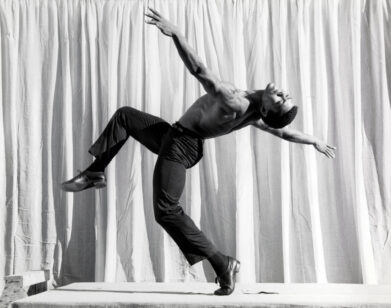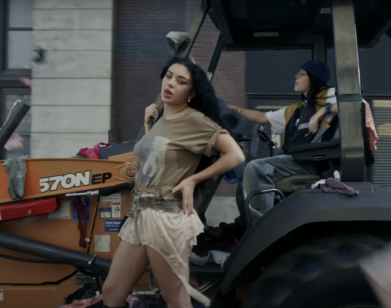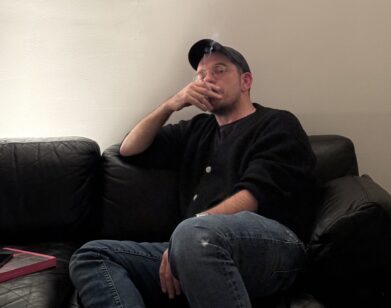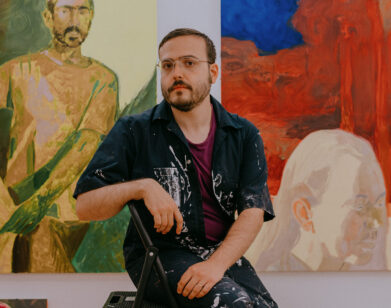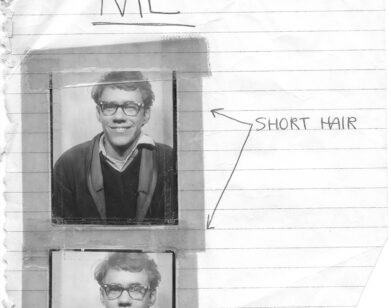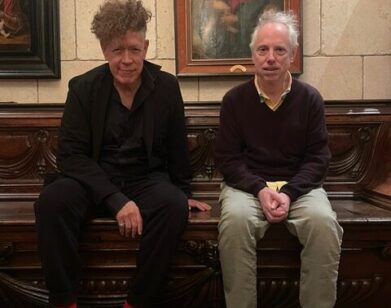Virginia Overton Cooks Up Mischief
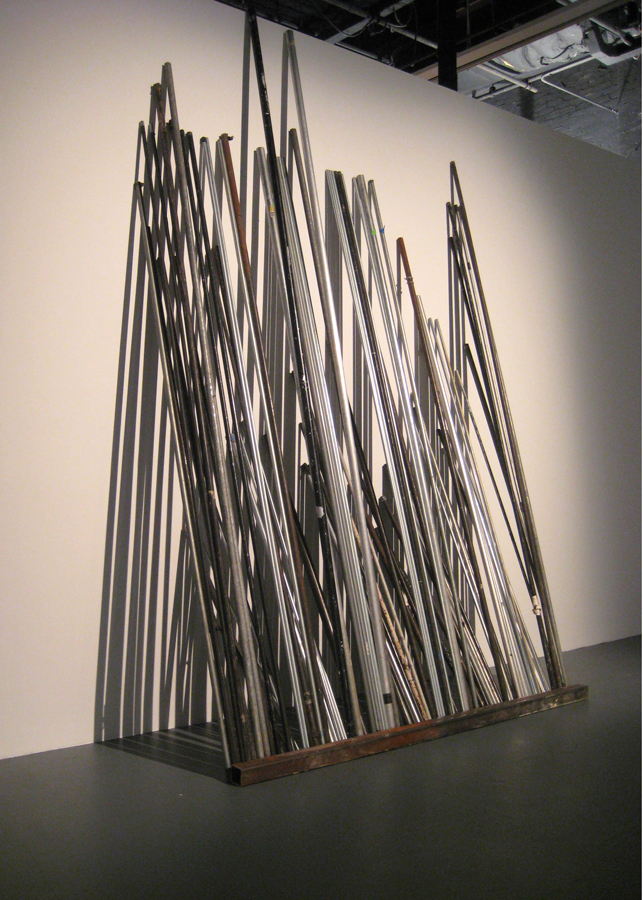
Virginia Overton has come to mess things up. But in commotion, the 40-year-old, Lebanon, Tennessee-born artist creates a startling, improvisatory new order, each material in her homebuilder’s kit charged with structural and psychological possibility. In the past Overton has utilized sheet rock, pine beams, florescent-light tubing, Plexiglas, buckets—even her own pick-up truck—to assemble rough-hewn incursions into the gallery space.
When New York’s performance-art space The Kitchen invited Overton to complete an installation, they gave her full access. Overton arrived to the premises a week ago without any materials or supplies. Her mission was to use whatever she found in the institution’s closets, offices, back rooms, drawers, and storage spaces for her opening-night assemblages. When I heard of this project, I couldn’t help but remember the short-lived Nickelodeon children’s game-show Finders Keepers, where contestants were encouraged to raid and ransack an ersatz suburban home in search of clues. I liked to picture the artist causing similar productive mischief for the West Chelsea not-for-profit.
Before tonight’s opening, I tracked Overton down and asked her five questions.
CHRISTOPHER BOLLEN: The Kitchen is a performance space. Likewise, your sculptural installations have always possessed a performative aspect—wood beams jammed between walls that threaten to come undone; concrete pours that dry as they slide. How are you upping the performance volume for this exhibition?
VIRGINA OVERTON: While I’ve been installing at The Kitchen, I have come to the space every day. Usually I’m so scattered and juggling a zillion things that I can’t actually work for a week uninterrupted. This time I have been here every day. And there have been multiple people working with me and lots of people in and out. It’s been an unscripted production.
BOLLEN: A lot of artists come from Tennessee these days—Wade Guyton, Kelley Walker, Marlo Pascual, Josh Smith, Meredyth Sparks. But those southern roots are more overt in your work. Your materials are rough, rural, traditionally masculine, and associated with the working class—all a surprise for a woman artist who has lived in New York for the past decade. Do you see your pieces as being in any way autobiographical?
OVERTON: I don’t know if the work is autobiographical, per se. I use materials that I like and that are familiar to me. When I say they are familiar, that means they are materials I’ve been around my whole life. So it’s a good starting point—then I can take leaps and make attempts at new configurations and gestures. But, honestly, I don’t think being from the South is the only way to read the work. And I don’t think you need to know that I’m from Tennessee to respond to it. It’s almost a bit limiting to read my projects that way. You know, if I moved here in my early twenties like the other artists you mention, I wouldn’t have as strong an accent as I do.
BOLLEN: I remember a work you did several years ago, one of your first showings in New York, where you parked a truck on the street in Chelsea in front of White Box Gallery. Tell me about that first work.
OVERTON: I pimped my truck by adding green neon to the underside and then drove it on top of glass mirror, where I left it for the show. (Luckily, we got a permit from the city, so I didn’t have to move it for the street sweeper for days!) When I was setting it all up, a crowd sort of naturally gathered, wondering what on earth I was doing. This one cabbie yelled at me as he drove by. “Hey, lady! You know that mirror is going to break if you drive on top of it!” I thought that was funny that he thought I had no idea what I was doing… maybe he was right.
BOLLEN: You were given the full run of the Kitchen to find supplies for this exhibition. What were some of the strangest and most surprising materials/props you found? And did they unlock every closet and space for you?
OVERTON: Yeah, they were great. They showed me everything, upstairs, downstairs, closets, the roof; every nook and cranny. I was pretty much given free reign, which was fun for me and very trusting on their part. At first I pulled tons of stuff out into the space, making a bunch of piles and sculptures and then choosing and finding an order that made sense. It’s been a real mess in here, in a good way. The Kitchen is a performance and theatrical space so they have a lot of pipes, pedestals, and wood to build sets. So I started with that stuff. I think we reached a nice balance.
BOLLEN: Speaking of a kitchen, some people might not know that you are an expert cook. I’ve been one of the lucky ones to sample your fried chicken. Once you tried to trick me into drinking moonshine. What is your ultimate post-show meal?
OVERTON: You’re sweet, thank you. This time, for the after-party, we’re having beer and hot dogs from a hot dog cart—with condiments and everything. But no umbrella. It’s bad luck to open them indoors.

